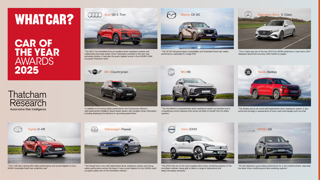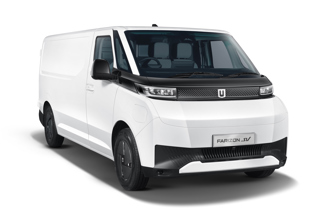The Seat Leon ST has been awarded a five-star safety rating by car safety assessment body Euro NCAP.
The estate car, which goes on sale in the UK in October for January 2014 first deliveries, joins the Leon five-door hatchback as a five-star car.
The rating is the result of combined scores in the industry-standard Euro NCAP test, but particularly the adult occupant safety and child occupant safety sections, for which the Leon ST scored 94% and 92% respectively.
Features such as front passenger airbag deactivation, to facilitate installation of a rear-facing child seat, helped achieve the child occupant score, while extensive use of high strength and ultra-high strength steels in key areas of the chassis ensure that the Leon ST remains as stable as possible during a collision.
Alongside the five-star safety rating, the Leon ST has received two Euro NCAP Advanced awards, for its lane-keeping assistant and multi-collision brake systems; Euro NCAP Advanced was established in 2010 by Euro NCAP to reward ground-breaking emerging safety innovations.
"Seat is committed to the highest levels of active and passive safety in all its models," says Dr. Matthias Rabe, executive vice-president for research and development at Seat.
"The thorough development work developed at our Technical Centre is now rewarded with the excellent classification achieved by both variants of the new Leon in the demanding Euro NCAP tests.
Seat’s lane-keeping assistant (known as Lane Assist in the UK and available as part of the Leon's optional Driver Assist Pack) uses a camera mounted behind the rear view mirror, which detects lane markings and helps the driver stay in lane. Working at speeds above 40 mph and linked to the power steering system, it applies a small amount of torque to the steering wheel intended to prompt the driver into taking corrective action should he or she begin to drift out of lane.
The multi-collision braking system (called Automatic Post-Collision Braking System in the UK, and standard fit) detects when the car has been involved in an accident - for example when the airbag has been fired - and automatically applies the brakes to prevent or mitigate a subsequent impact. It triggers both the hazard warning lights and the brake lights.




















Simon Riches - 21/09/2013 08:26
Attractive estate version of the popular Leon hatchback. A less mainstream alternative to an Octavia or Golf Estate. Should be popular with user choosers.